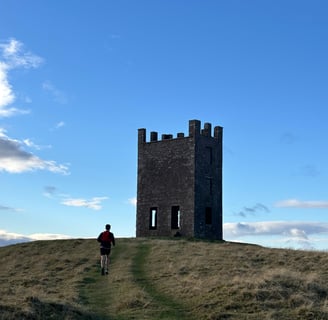
Lewis McCallum
Computational astrophysics, amongst other things.
About me
PhD student in computational astrophysics at the University of St Andrews.
Academic interests/experience
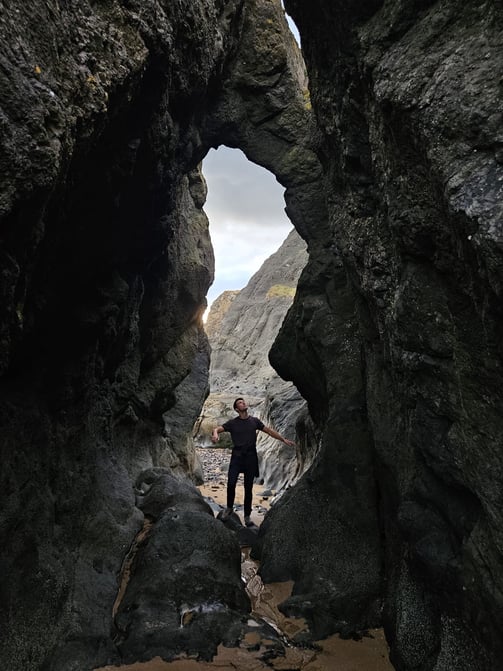

Radiative transfer and radiation-hydrodynamics, stellar feedback, HII regions, the warm ionized medium (WIM)/diffuse ionized gas (DIG), optical effects of dust, galactic Lyman continuum escape.
Astro Projects
Radiation-hydrodynamics to understand the high altitude DIG
I have been developing our in house radiation-hydrodynamics code, CMacIonize, in order to explore the origin of the extended layer of diffuse ionized gas (DIG) which we observe in the Milky Way and other star forming galaxies. I have focussed on the importance of time-dependent effects in explaining persistent layers of low density ionized gas, and introduced novel explanations for observed hardened emission line ratios in this ubiquitous mode of the ISM.
Read paper 1 for hydrogen ionization, and paper 2 for metal ionization and emission line ratios.
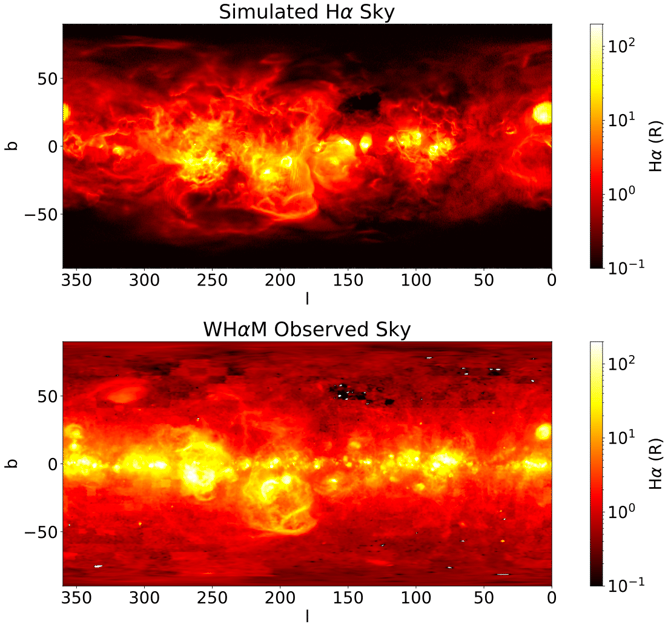

The local region of the Milky Way
Remarkable recent advancements in the 3D dust mapping of the Milky Way have made it possible to calculate through radiative transfer simulations the spatial distribution of warm ionized gas in our local region. We can calculate emissivity of various collisionally excited ionized gas emission lines, and have been mapping the sky in Hα, with our preliminary results bearing striking resemblance to the WHAM sky.
This work is in early stages, but we anticipate a revolutionary series of insights into the processes which energise the local Milky Way.


Other cool stuff
Some non-academic pursuits

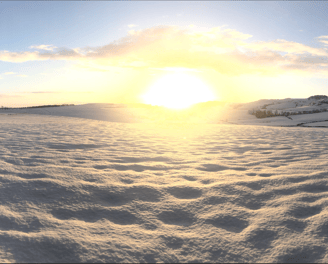
Automated Weather Reporting
I've set up a station by my home in Meikle Obney, Perthshire (left) for recording and reporting the weather conditions. See Meikle Obney Weather to explore current weather conditions, weather extremes and records back to October 2021. I'm also on Windy!
Measuring the Earth's radius with a volcanic shockwave
I like to run. Follow me here!
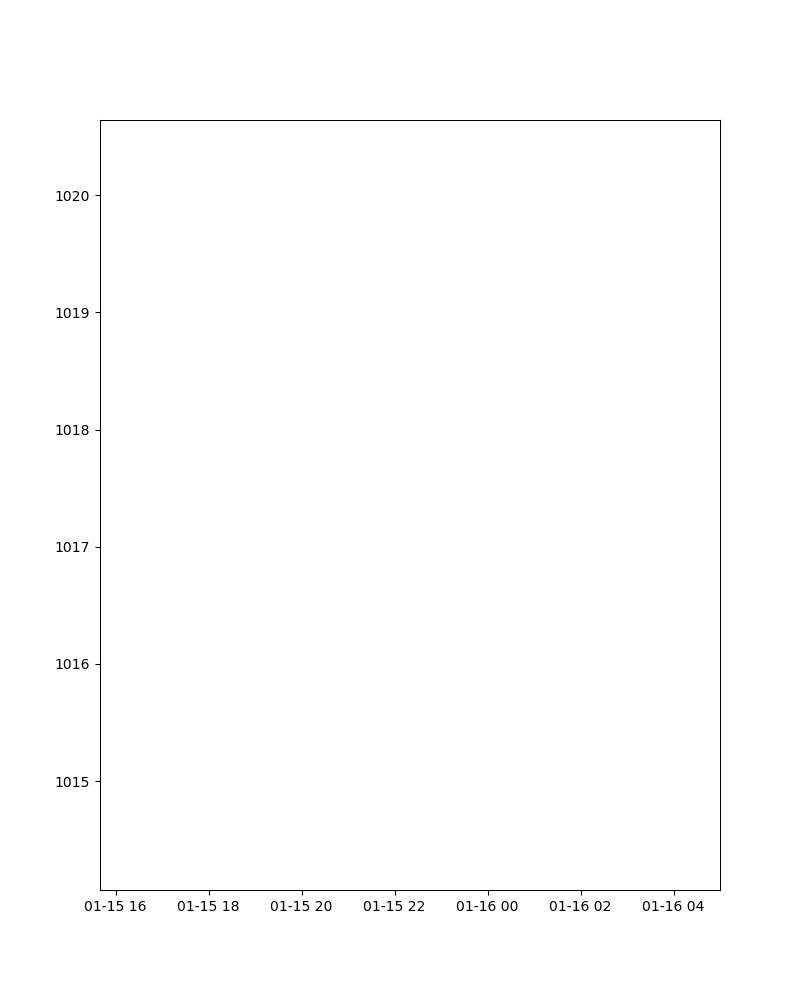

Follow me on Strava!
On the 15th January 2022, Hunga Tonga–Hunga Haʻapai erupted in Tonga, sending literal shockwaves around the globe. This shock was detected as a peak in air pressure at my weather station in Meikle Obney, some 10,000 miles away. The eruption was reported to have occurred at 0415 UTC, the first wave was detected in Meikle Obney at 1830 UTC. Then later, at 02:15 UTC, this same wave was detected again, having navigated the earth in the opposite direction. With these 3 timestamps we can measure the Earth's circumference as 14.25 + 22 sound-hours. Using a lower stratosphere sound speed of 310 m/s and approximating the earth as a sphere gives a radius of 4000 miles (wikipedia quotes 3963 😏). Maybe the Earth isn't flat after all...

